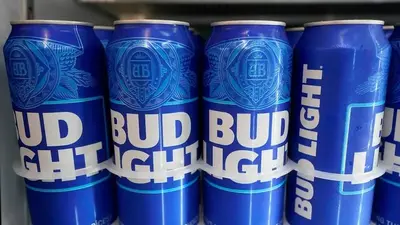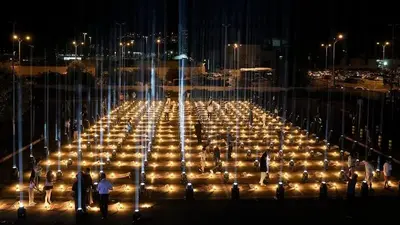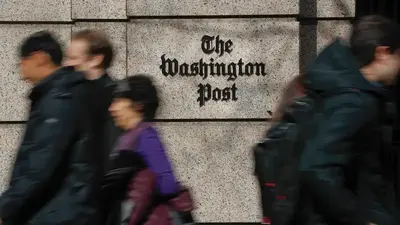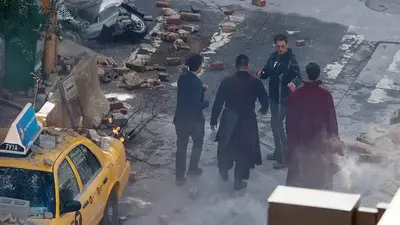Business
New airline planes will be required to have secondary barriers to the cockpit to protect pilots
U.S. officials said Wednesday they will require new airline planes to have a second barrier to make it harder for passengers to break into the cockpit when the main door is open.
The Federal Aviation Administration rule will apply to commercial planes made after mid-2025.
The rule will affect airlines that operate scheduled flights, but not charter operators. There is no provision requiring airlines to retrofit current planes.
Officials called the rule an important step to give pilots more protection.
“No pilot should have to worry about an intrusion on the flight deck,” said David Boulter, the FAA's acting associate administrator for safety.
The cockpit is more vulnerable to attackers when the door is opened for pilots to take a bathroom break or get their meals.
A secondary barrier is intended “to slow such an attack long enough so that an open flightdeck door can be closed and locked before an attacker could reach the flightdeck,” the FAA said in the rule, published in the Federal Register.
The FAA estimated that each secondary barrier will cost $35,000 to buy and install.
Congress directed the FAA in 2018 to require secondary barriers to cockpits, but the agency did not issue a proposal until last August, after it received recommendations from aircraft makers and pilot groups.
Pilot unions asked the FAA to extend the requirement for secondary barriers to all airline planes, including older ones. They said covering new planes only would create a known security gap.
However, industry trade group Airlines for America and United Airlines argued that current security steps are effective. They asked that secondary barriers be required only on future types of planes – meaning that new copies of FAA-approved planes such as Boeing 737 Max and Airbus A320 jets would not need secondary barriers, even if they were built after mid-2025.
The FAA said Congress was clear that the requirement should apply to all new planes.
Pilot groups also asked for the rule to take effect in one year, while the airline industry, Boeing and Airbus asked for three years to comply. The FAA said two years was plenty — aircraft makers were given less time to reinforce cockpit doors after the September 2001 terror attacks.
The FAA said Delta Air Lines and United have voluntarily added secondary barriers to some of their planes.
-

 Business5h ago
Business5h agoRegional Food Bank Transitions to New 46,000-sq. ft. Distribution Center
-

 Business16h ago
Business16h agoPopular Wallkill Chocolate Shop Makes New York Advent Calendar
-

 Business1d ago
Business1d agoHow the U.S. Energy Department Reorganized to Champion Clean Energy
-

 Business1d ago
Business1d agoMeet Orange County’s Outstanding “5 Under 50″ 2024 Honorees
-

 Business3d ago
Business3d agoUS government tries to rein in an out-of-control subscription economy
-

 Business3d ago
Business3d agoACCA Cymru/Wales on the Autumn Price range
-

 Business4d ago
Business4d agoTrendy Beacon Hemp/CBD Shop Now Closes Storefront
-
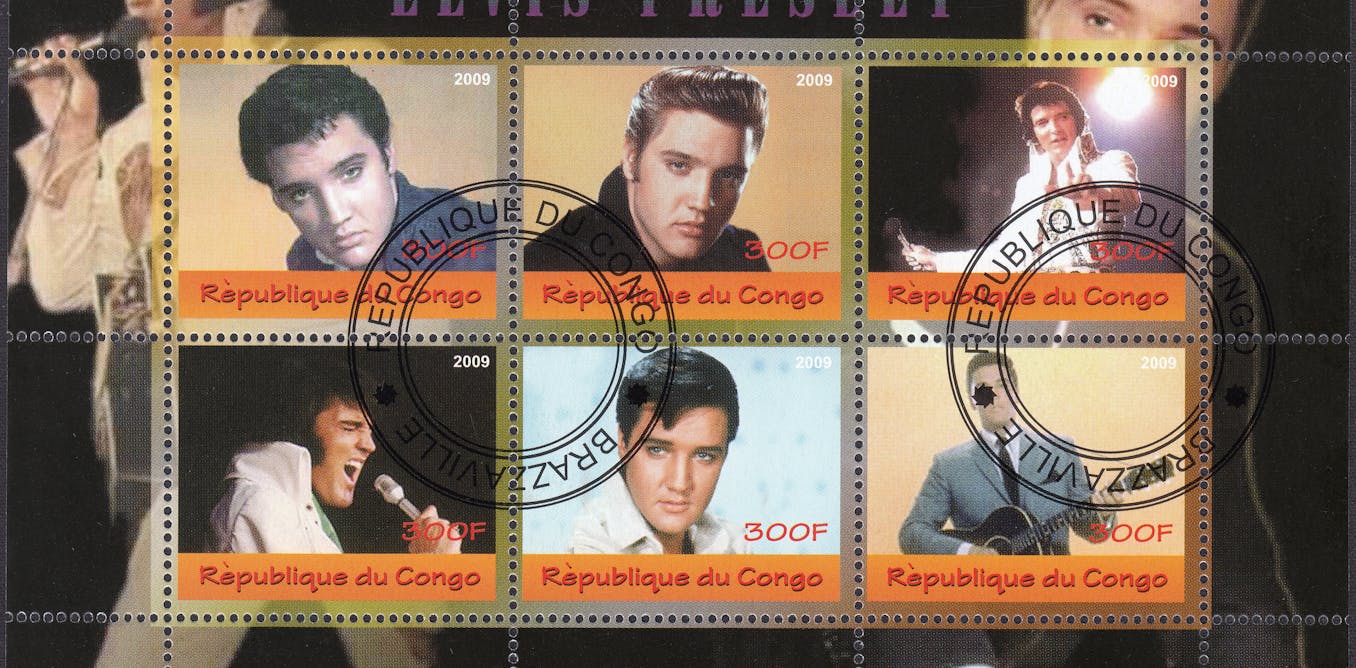
 Business4d ago
Business4d agoWhat is necro-branding? And what’s it got to do with Elvis, Princess Diana and Taylor Swift?




